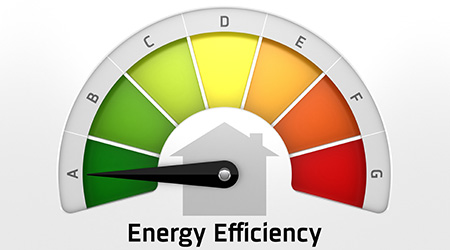
Building Energy Codes Boost Efficiency: Report
January 29, 2019
Maintenance and engineering managers who take the steps to improve the energy efficiency of their commercial and institutional facilities can have a positive impact on the bottom line and the environment. By complying with building energy codes, managers can achieve this goal and meet carbon reduction goals.
As the U.S. government loosens environmental rules, states are investing more in energy efficiency and delivering increased power savings, according to the 2018 State Energy Efficiency Scorecard from the American Council for an Energy-Efficient Economy (ACEEE).
In response to federal efforts to freeze U.S. vehicle and appliance standards, a number of states have worked to retain their own standards and to promote electric vehicles and zero-energy buildings. While some states, including Iowa and Connecticut, saw legislative attacks within their states, others — such as Virginia, New York, New Jersey, Colorado, and Arkansas — unveiled plans to boost investments in efficiency and clean energy, often driven by concerns about climate change.
The top three states ranked high in six areas — utility programs, transportation, building energy codes, combined heat and power, state initiative, and appliance standards, according to the report. It noted that of those areas, advancing building energy codes are one of the most impactful actions that states can take to meet energy and carbon reduction goals.
Ryan Berlin is managing editor of Facility Maintenance Decisions.
Next
Read next on FacilitiesNet












